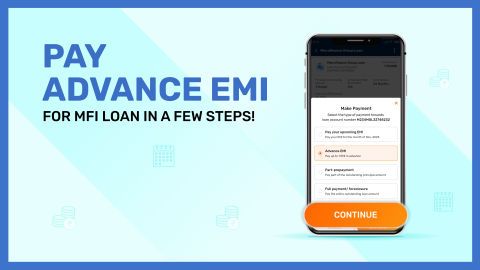Understanding foreclosure charges for medical equipment loans
Foreclosure charges on a medical equipment loan refer to the fees imposed by lenders when borrowers repay their loan before the agreed tenure. These charges, designed to compensate for lost interest, are calculated as a percentage of the outstanding loan amount. Understanding these charges is essential for planning early loan repayment effectively.Borrowers often choose foreclosure to save on long-term interest payments, but overlooking the associated charges can reduce the financial benefit. Each lender has its own terms, which makes it vital to review them beforehand.
This guide explores the concept of foreclosure in medical equipment loans, delves into different types of charges, explains their calculation, and offers tips to minimise or avoid hefty fees. For additional details, explore Pay in Advance or check Bajaj Finance Loan Details.
What does foreclosure mean in a medical equipment loan?
Foreclosure in a medical equipment loan context refers to the early repayment of the loan amount before the agreed tenure. This option allows borrowers to settle their outstanding debt in full and eliminate future EMIs.Key aspects of foreclosure:
Early repayment: Borrowers pay off the entire outstanding amount, including principal and applicable fees, before the loan term ends.Interest savings: By foreclosing, borrowers can save on the interest that would have accumulated over the remaining loan tenure.
Charges applied: Most lenders impose foreclosure charges, calculated as a percentage of the outstanding amount, to offset their loss of interest income.
Importance of foreclosure:
Financial freedom: Foreclosure provides borrowers with the opportunity to become debt-free sooner.Improved credit score: Timely foreclosure positively impacts the borrower's credit history.
Reduced financial burden: Eliminates the obligation of future monthly instalments.
While foreclosure offers multiple benefits, understanding its terms and associated charges is crucial to making an informed financial decision.
Types of medical equipment loan foreclosure charges
Flat rate charges:Fixed percentage applied to the outstanding loan amount.
Typically ranges between 2-5%, depending on the lender.
Sliding scale charges:
Vary based on the duration left in the loan tenure.
Charges may reduce the closer you are to the end of the tenure.
Prepayment charges:
Applied for partial payments before foreclosure.
Often ranges from 1-3% of the prepaid amount.
Processing fees:
Additional administrative costs incurred during the foreclosure process.
These are fixed or calculated as a percentage.
GST or Taxes:
Foreclosure charges attract Goods and Services Tax (GST).
Typically, an 18% GST is levied on the foreclosure fees.
Understanding the type of charges applicable to your loan helps ensure you are well-prepared for the foreclosure process.
How are medical equipment loan foreclosure charges calculated?
Identify the outstanding loan amount:Check your current loan balance by logging into your account.
Use the lender's portal for accurate details.
Determine the foreclosure fee percentage:
Verify the percentage applied as foreclosure charges, typically mentioned in your loan agreement.
It ranges between 2-5% of the outstanding amount.
Account for prepayment charges:
If you’ve made partial payments earlier, consider any prepayment charges incurred.
Combine these with the foreclosure fee for the total cost.
Calculate tax on charges:
Add GST (18%) to the calculated foreclosure charges.
Example: If foreclosure charges are Rs. 10,000, GST will be Rs. 1,800.
Review any additional fees:
Check for administrative fees or miscellaneous charges added by the lender.
Final cost analysis:
Add all components (foreclosure charges, taxes, additional fees) for the total payable amount.
By carefully calculating the charges, borrowers can ensure financial transparency and better evaluate the benefits of foreclosure.
How to avoid high foreclosure charges?
Understand loan terms:Review the foreclosure clause in your loan agreement thoroughly before signing.
Time your foreclosure wisely:
Foreclose during periods where charges are minimal, such as closer to the end of the tenure.
Make regular prepayments:
Reduce the outstanding amount gradually through partial prepayments to minimise foreclosure fees.
Negotiate with the lender:
Request a waiver or reduction of charges, especially for long-term borrowers.
Choose loans with no foreclosure penalties:
Opt for lenders offering zero or minimal foreclosure charges at the time of loan application.
Utilise advance payment options:
Explore tools like Pay in Advance to reduce the principal amount early.
Stay informed:
Regularly check Bajaj Finance Loan Details to keep track of outstanding dues and associated charges.
Strategic planning and informed decisions can help borrowers avoid excessive foreclosure costs and optimise financial benefits.




